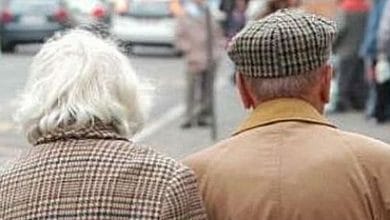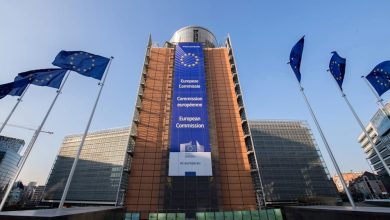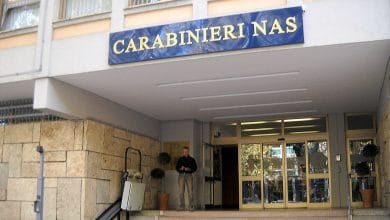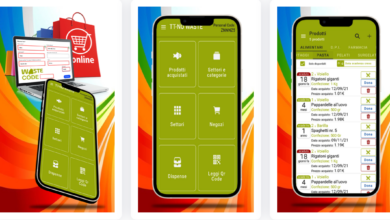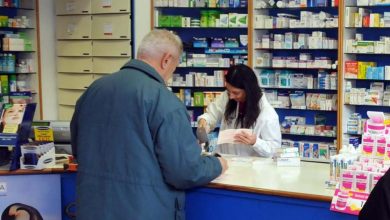
The health system establishes a reference price for the medicine which it reimburses regardless of what the citizen (or the health facility) buys, generic or branded. "At this point the state has nothing to do with it anymore." The differences in concentration in the blood
The misunderstanding generated by the denomination chosen at their debut has caused misunderstandings. Still many distrusts towards the «no logo» capsules
by Adriana Bazzi (abazzi@corriere.it) – CORRIERE DELLA SERA

It all started with ticlopidine. The drug, an antiplatelet cousin of aspirin, is used to reduce the risk of heart attacks and strokes: it was the first "generic" authorized in Italy. It was 1996. His real name is Tiklid and he had a patent, then it expired. And since then it has become everyone's property: anyone can reproduce it and sell it with only the name of the active ingredient (ticlopidine, in fact).
The cost of generics
But why use generics instead of continuing to buy designer drugs? The reason is economic: to be generics, they must cost at least 20 percent less than their noble ancestors (the so-called generators). And so they save those health systems which, as in Italy, offer free medicines to citizens (except for the payment of the co-payment) and private individuals or insurance companies where there is no public health system (as in the United States). In Italy generics (the main ones are antacids, anti-cholesterol, antihypertensives, drugs active on the central nervous system such as anxiolytics and antipsychotics) are struggling to take off even if their consumption is growing: in the last year the number of packs sold reached the share of 14.9 percent compared to all drugs and 18.63 compared to drugs with expired patents. In other countries it is even as high as 50 percent.
The error in terminology
"Call them generic - comments Silvio Garattini, director of the Mario Negri Pharmacological Institute in Milan - was a mistake. The term gives the idea that the drug is good for everything and has no specificity. And this has created distrust between doctors and patients and has slowed down its introduction». But the matter is even more complicated. Generics arrive, but in the meantime the pharmaceutical industries, which own the branded drug, continue to produce it as an "expired patent drug" and to be competitive with the generic, they lower the costs (sometimes to overlap with that of the generic, but not always , On the contrary). And, according to Garattini, they have many means to promote it, while our healthcare system does not have enough resources to impose no logos. "We must not forget - says Garattini - that savings on generics could allow us to have innovative, very expensive drugs available, for the treatment of tumors, for example, or hepatitis".
The original with a price difference
 Generics at all costs in the name of savings? Brake Francis Scaglione, pharmacologist at the University of Milan. "If we take a good look at the data - he says - it is perhaps true that Italy does not use generics much, but it is in line with European countries in terms of savings if we consider the use of cheaper, expired patent drugs". The citizen, in fact, can have the original by paying a difference in price: the healthcare system establishes a reference price for the medicine which it reimburses regardless of what the citizen (or the healthcare facility) buys, generic or branded. "At this point the state has nothing to do with it anymore - says Scaglione - and the doctor-patient relationship intervenes: for the patient, the generic is a different drug". The law allows the generic to change the packaging, shape of the pill and even the color. There are no problems for the doctor. But for the patient yes: for him the drug is the box and the box is the cure. «No one - continues Scaglione - has dealt with this. The real problem is not the prescription, but adherence to therapy.
Generics at all costs in the name of savings? Brake Francis Scaglione, pharmacologist at the University of Milan. "If we take a good look at the data - he says - it is perhaps true that Italy does not use generics much, but it is in line with European countries in terms of savings if we consider the use of cheaper, expired patent drugs". The citizen, in fact, can have the original by paying a difference in price: the healthcare system establishes a reference price for the medicine which it reimburses regardless of what the citizen (or the healthcare facility) buys, generic or branded. "At this point the state has nothing to do with it anymore - says Scaglione - and the doctor-patient relationship intervenes: for the patient, the generic is a different drug". The law allows the generic to change the packaging, shape of the pill and even the color. There are no problems for the doctor. But for the patient yes: for him the drug is the box and the box is the cure. «No one - continues Scaglione - has dealt with this. The real problem is not the prescription, but adherence to therapy.
Generic drugs, the differences in concentration in the blood
One of the critical points is that the concentration and therapeutically useful of the generic in the blood can also have important fluctuations. Fundamental for arrhythmias
by Adriana Bazzi (abazzi@corriere.it) – CORRIERE DELLA SERA
They are not subscale drugs. Generics come to life when the patents of branded products expire: anyone can copy them as long as they respect a series of rules. «The generic drug - says Silvio Garattini, director of the Mario Negri Pharmacological Institute in Milan - is subject to authorization like all the others, and must demonstrate equivalence with respect to its originator. That is, it must contain the prescribed quantity of the active ingredient and must document, through pharmacokinetic studies (which are conducted on healthy volunteers, ed), that it reaches adequate concentrations in the blood to exert its therapeutic effect ».
The discussion of equivalence
It is on equivalence that discussions among experts open. One of the critical points is that the therapeutically useful concentration of the generic in the blood can have significant fluctuations. Here is what the president-elect Franco Perticone said in Rome, at the last congress of the Italian Society of Internal Medicine: «Generic drugs are an irreplaceable resource, however it is necessary to pay attention to some elements, to ensure that their use is correct, effective and safe. The bioavailability of a generic in the blood can vary by as much as 20 percent more or less than the originator: a range of 40 percent which may not be tolerable for some pathologies, such as for example in cardiac arrhythmias, where the therapy is dosed and modulated with great precision to have maximum efficacy with the least side effects". Garattini counters: "The objectors must demonstrate that there is a different therapeutic effect linked to this variability. And then it is tolerated that even the active ingredient of the originator has a rate of variability in the blood between 85 and 120 percent". Michele Uda, general manager of Assogenerici, the manufacturers' association, adds: "The fluctuations of the drug in the blood depend not only on the drug itself, but also on the patient's condition: on his weight, on the diet he follows, on the presence of other pathologies and so on.
The excipients
There are also excipients in medicines. They are inert substances that do not have therapeutic properties: their function is to make the active ingredient, i.e. the component of the drug that performs a therapeutic function, administrable. Uda continues: «The excipients used for generics are the same as those present in branded drugs. And they are registered in a special list in the official pharmacopoeia». Garattini adds: «The excipients in generics can change, but they do not affect their effectiveness. Allergies? It could be, but this is a risk also linked to the reference products, i.e. branded drugs». But once again clinicians point out that excipients (variable from generic to generic) can modify the absorption, bioavailability and ultimately the action of the drug. «The excipients can reserve nasty surprises – adds Perticone -. An example? Wheat starch can cause celiac disease».
Illustrative leaflets
Even the Italian Medicines Agency (Aifa), underlines that the excipients can have relevance for the safety of a medicine and that is why the package inserts always contain specific warnings. Each generic, therefore, while containing the same active ingredient, can have a different bioavailability and different excipients. Francesco Scaglione, pharmacologist at the University of Milan, recommends: "Once the therapy has been chosen, it is harmful to switch from generic drug A to B and then to C". Especially if you are a child or an elderly person."

